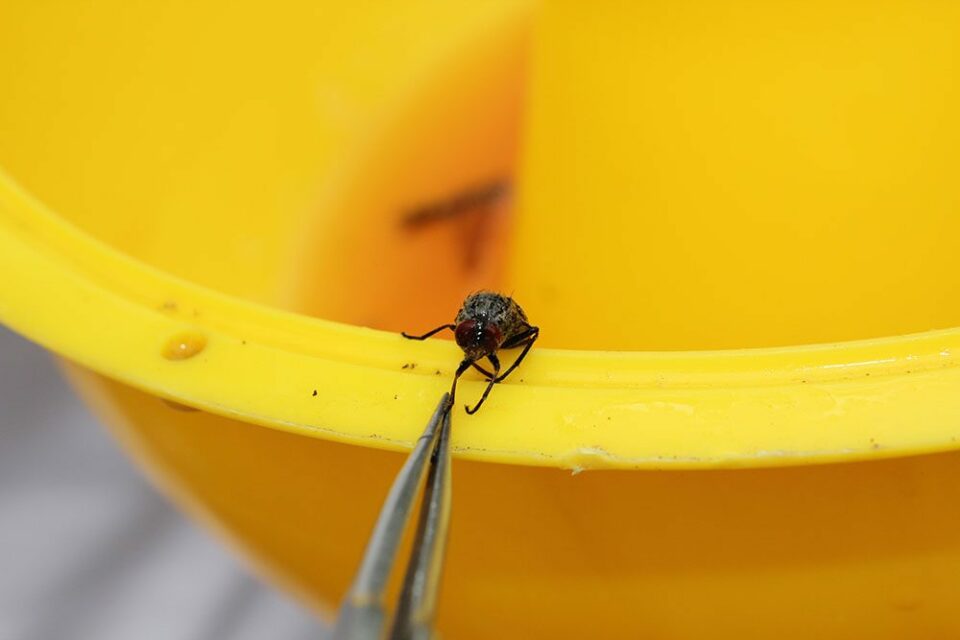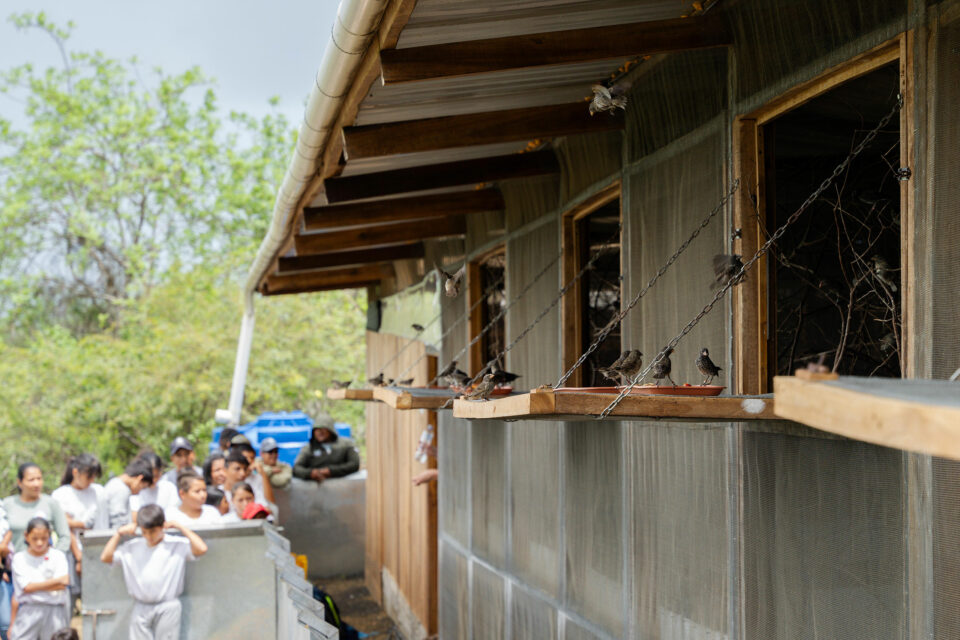

Rewilding Galapagos: Giving nature a helping hand
What does rewilding mean in the context of Galapagos, where 97% of the land is already a protected National Park?
‘Rewilding’ is a broad and not entirely scientific term, which has been used to describe everything from landscape-scale restoration of ecosystems to letting weeds grow wild in your garden.
It has been the source of controversy, particularly when it entails land being taken out of food production, or the reintroduction of species such as wolves and beavers. Concerns have also been raised about local and indigenous communities being marginalised by rewilding projects, and the economic benefits of rewilding have been questioned by those who fear the loss of traditional rural industries.
Yet the potential benefits of rewilding are enormous. There is a growing realisation that biodiversity loss needs to be reversed if we are to mitigate against the worst effects of climate change, and nations are now committed to protecting 30% of the world’s land and sea by 2030. Rewilding creates more space for nature, and allows natural processes to drive the restoration of damaged ecosystems, often with a little helping hand from humans.
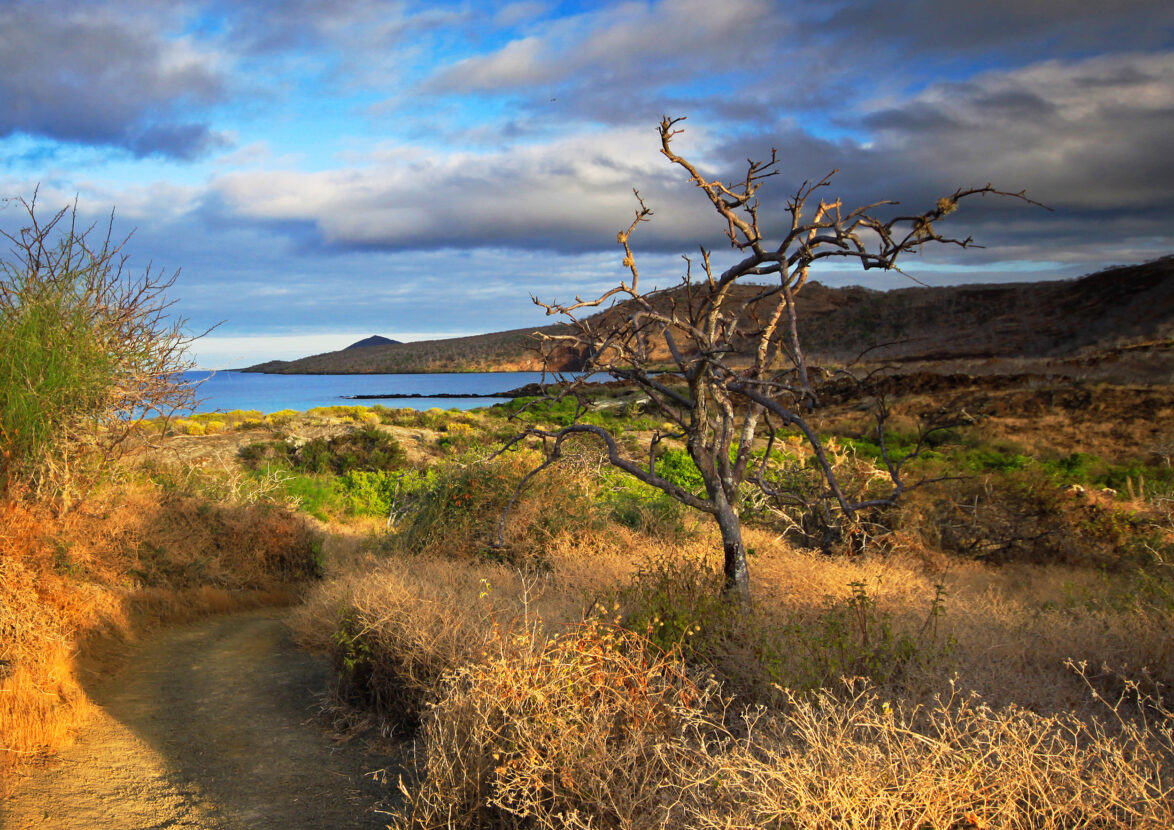
This helping hand may involve the removal of damaging invasive species, the creation of new habitat (e.g. by planting trees), or the reintroduction of locally extinct ‘keystone species’. A combination of deliberate reintroductions and spontaneous recolonisation can help wildlife populations recover and boost biodiversity, which we now know is so crucial to the health of our planet, and there is also a growing body of evidence that rewilding brings economic benefits to local communities, particularly when applied to unproductive land that is poorly suited to agriculture. Rewilded land has a role to play in everything from carbon capture to preventing the transmission of zoonotic diseases, and can help to create a world in which humans thrive in balance with the natural world.
There is a growing realisation that biodiversity loss needs to be reversed if we are to mitigate against the worst effects of climate change, and nations are now committed to protecting 30% of the world’s land and sea by 2030.
Controlling invasive species
Today, despite strong biosecurity measures, there are estimated to be nearly 1,500 introduced species present in the Galapagos Islands. Among the most damaging are rats and feral cats, which predate on ground nesting birds, iguanas and the eggs of giant tortoises, while introduced herbivores such as goats can lay waste to vegetation. Less immediately obvious, but equally devastating, is the parasitic avian vampire fly, Philornis downsi. The larvae of this fly feed on the eggs and hatchlings of many species of Galapagos land bird, with up to 100% mortality in some nests. If we are to return the Galapagos Islands to a truly wild state, these invasive species need to be removed.

We already know what a difference this will make from islands such as Pinzon, which was cleared of invasive rats in 2012 after many of its native species became extinct. Ten years later, there are promising signs of ecological recovery, and GCT is supporting our partners to deliver surveys to track this. Two species of bird – the Galapagos rail and the cactus finch – have naturally recolonised the island, and Pinzon giant tortoises are reproducing in the wild again.
GCT is addressing the impact of Philornis downsi through our support for the Mangrove Finch Project. In recent years, the team has been focusing on Philornis control in the wild. This includes injecting wild nests with an insecticide, which needs to be delivered by a highly skilled tree-climber, and trialling use of feather dispensers treated with an insecticide to see if breeding pairs will use these feathers as nest building materials.
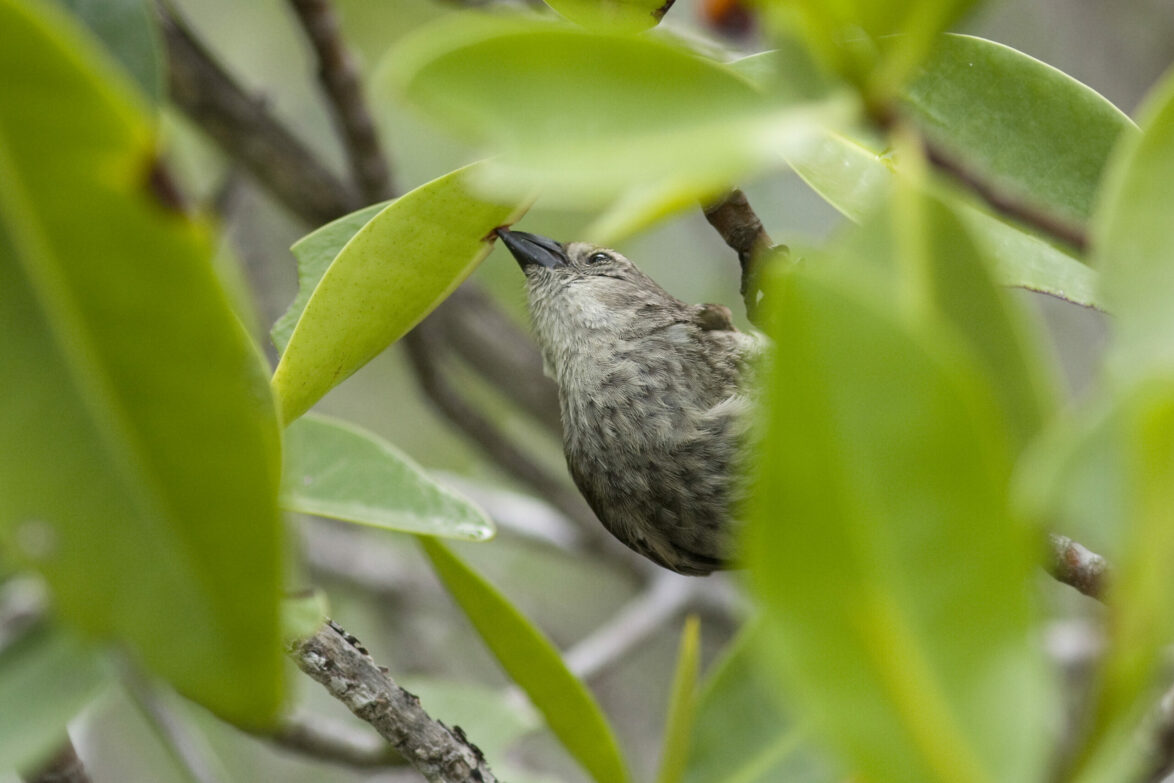
~ 1.5 k
introduced species estimated to be present in the Galapagos Islands
Restoring habitats
Invasive animal species are not the only barrier to rewilding the Galapagos Islands. Since its introduction in 1968, the invasive hill raspberry (Rubus niveus) has spread across the Archipelago. In places, impenetrable spiny thickets grow up to three metres tall, turning agricultural areas into wasteland and preventing the unique native forest, dominated by the endemic daisy tree (Scalesia), from regenerating. The dense stands of vegetation have also been found to be preventing birds such as the little vermilion flycatcher from foraging on the ground for food.
We are supporting the Landbird Conservation Programme, led by the Charles Darwin Foundation and the Galapagos National Park, which is investigating a number of ways to reverse the decline of endemic land birds. This includes research into potential biocontrol methods to remove the hill raspberry, for example by introducing a rust fungus from the plant’s native range to weaken it and reduce its impact. Current control methods entail a mixture of manual labour and herbicide application, but the plant’s fast growth and large seedbank make these methods expensive and labour-intensive. Research has also shown that natural regeneration of Scalesia pedunculata forest is limited following the removal of the invasive plants, so the team is helping to restore the flycatchers’ habitat by planting saplings.
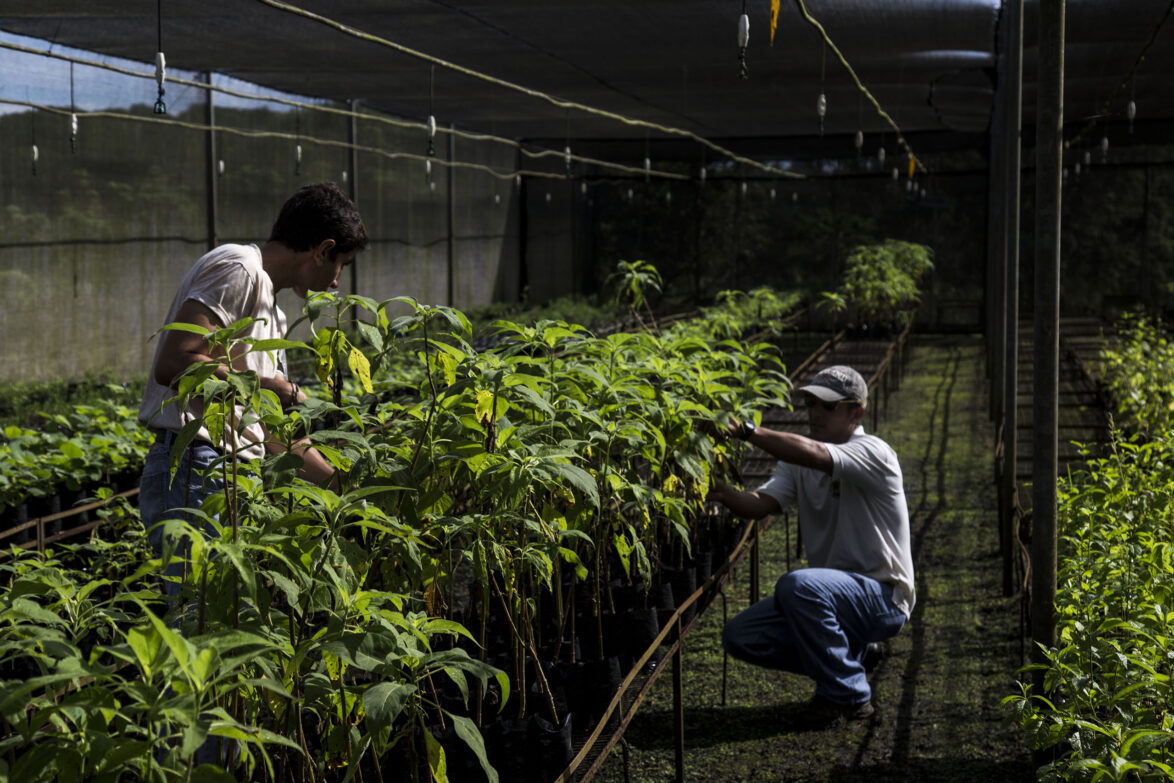

Scalesia
These giant daisy trees have an entire vegetation zone named after them and have been compared to Darwin’s finches, as they display a similar pattern of evolution.
Reintroducing keystone species
The ecologist Robert Paine coined the term ‘keystone species’ in the 1960s to describe those species that exert a significant effect on the composition of an ecosystem. When a keystone species is removed from an ecosystem, that ecosystem is dramatically altered, and may even cease to exist. There are generally considered to be three different types of keystone species: predators, mutualists and ecosystem engineers.
The most iconic Galapagos species of all, the giant tortoise, is an important ecosystem engineer. Tortoises shape their habitats by grazing on plants, dispersing seeds and trampling vegetation. They play an important role in germinating seeds, as well as in thinning out and opening up new areas of ground for different types of vegetation to grow.
The reintroduction of large-bodied reptilian herbivores is a key component of restoring island ecosystems in Galapagos, as we are seeing with the reintroduction of land iguanas to Santiago island, a project supported by GCT over a number of years. Iguanas were reintroduced in 2019 after an absence of more than a century, and are now successfully breeding, with the island already showing positive environmental changes. The iguanas open up paths, remove soil and disperse seeds, and changes in population dynamics create greater food availability for others, with endemic species such as Galapagos hawks likely to return over the next few years.
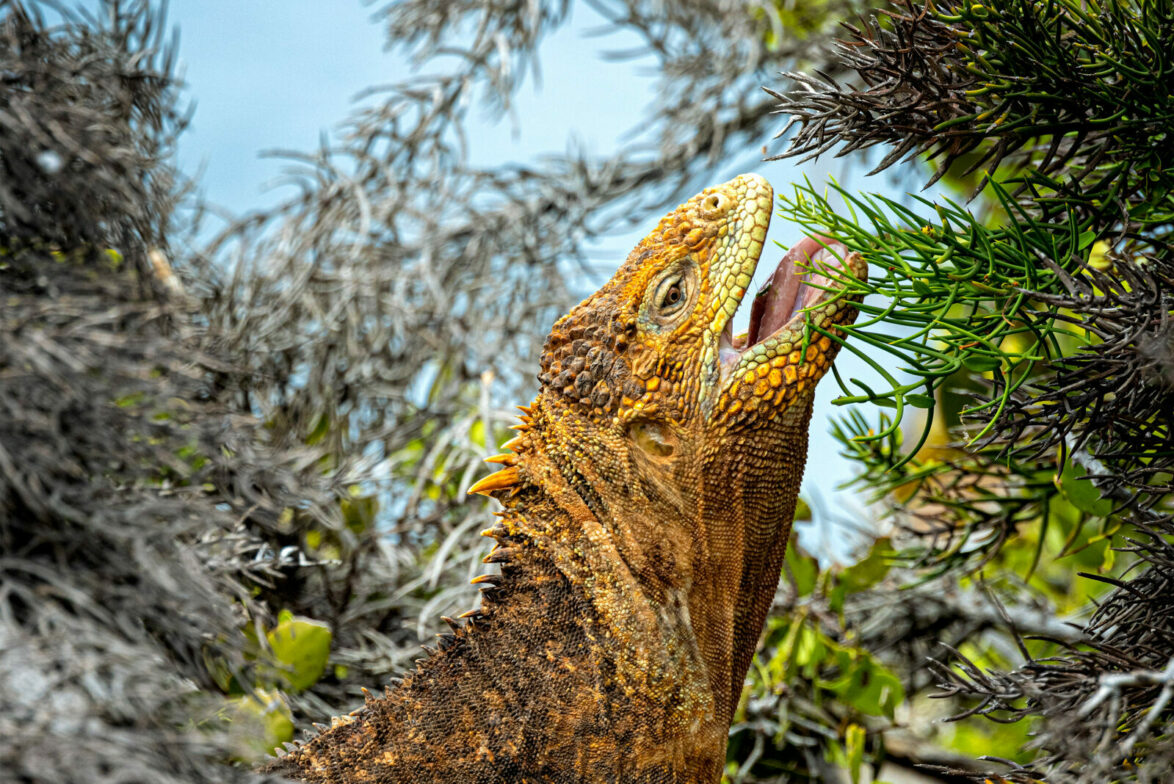
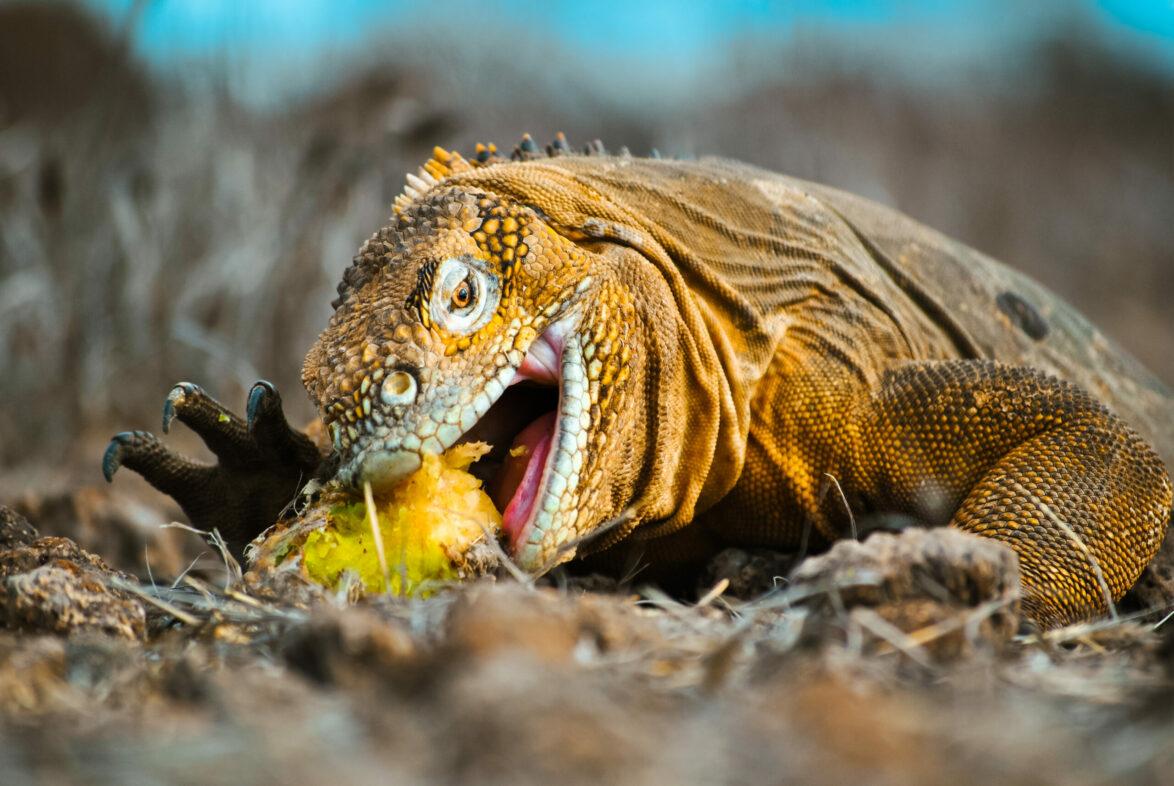
Rewilding Galapagos: The power of ecosystem engineers
Rewilding in Galapagos can repair degraded habitats, thanks to the amazing powers of ‘ecosystem engineers’ such as giant tortoises and land iguanas.
Supporting local communities
As we reported recently, we are currently scoping a new project to rewild marginal agricultural land in the highlands of Santa Cruz. This land could act as a ‘buffer zone’ between the agricultural zone and the National Park, creating more space for nature and allowing land to recover from damage sustained due to overgrazing, cultivation of introduced crops and the use of pesticides. Together with more wildlife-friendly methods of farming, this can also mitigate the spread of disease between wildlife, domestic animals and humans, and limit the spread of antibiotic-resistant bacteria.
We are partnering with local NGO Fundación Un Cambio por la Vida to support landowners and local community leaders who want to rewild their land, and we want to support young islanders to experience nature through involvement with rewilding. We also believe that these projects can create sustainable jobs in conservation, regenerative farming and ecotourism, and allow humans to thrive alongside nature on the populated islands. This, we believe, is the only way to guarantee the long-term survival of the unique wildlife and natural beauty of Galapagos.
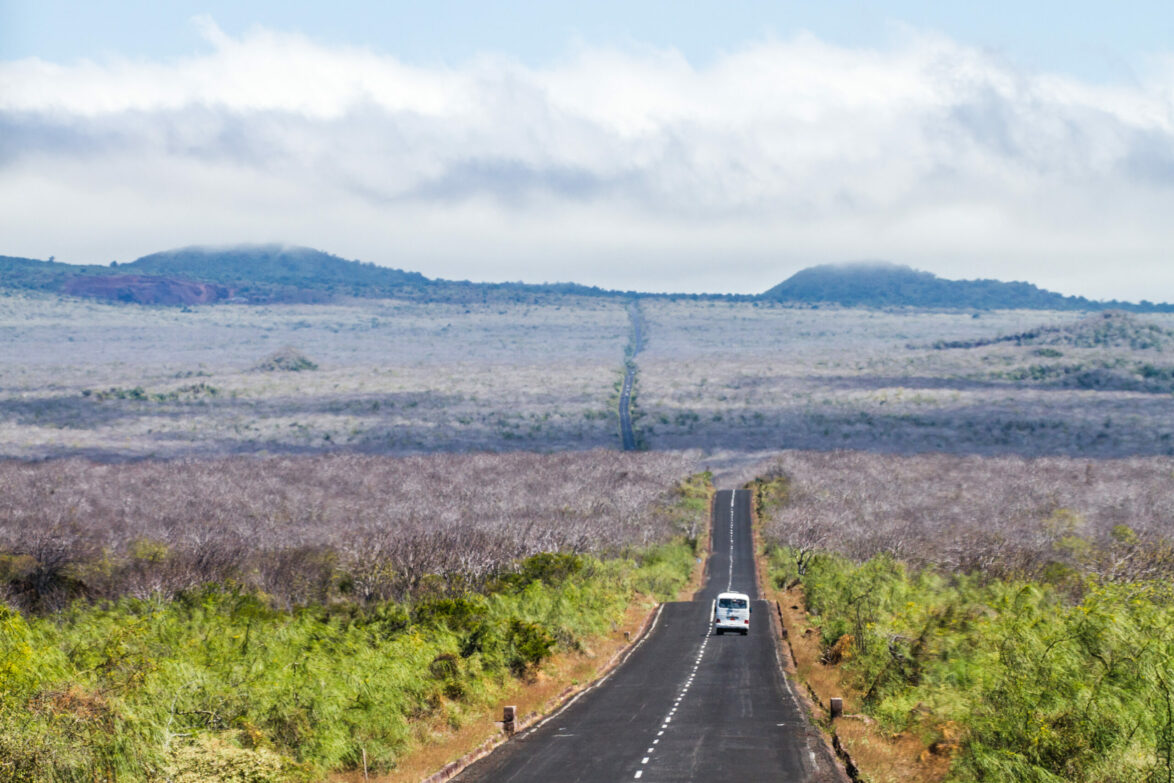
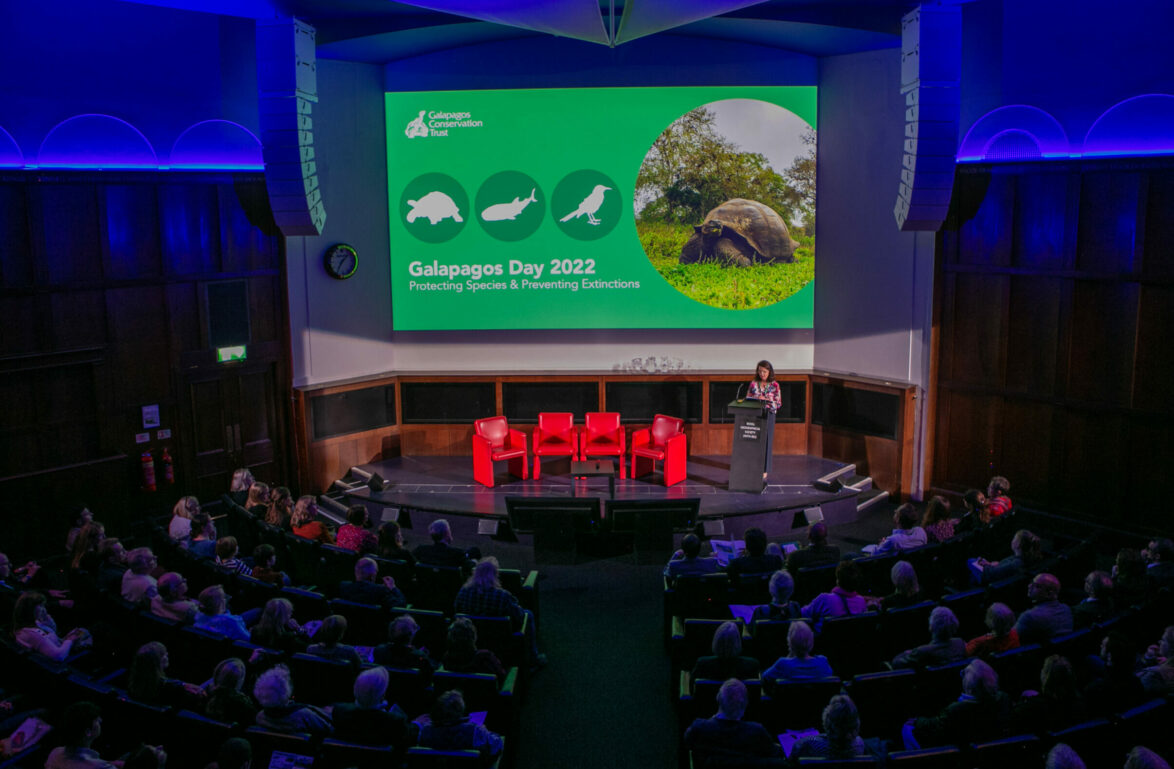
Galapagos Day 2023
Join us at the Royal Geographical Society on Thursday 19 October for Galapagos Day 2023, where our theme for the evening will be ‘Rewilding Galapagos’.
Related articles

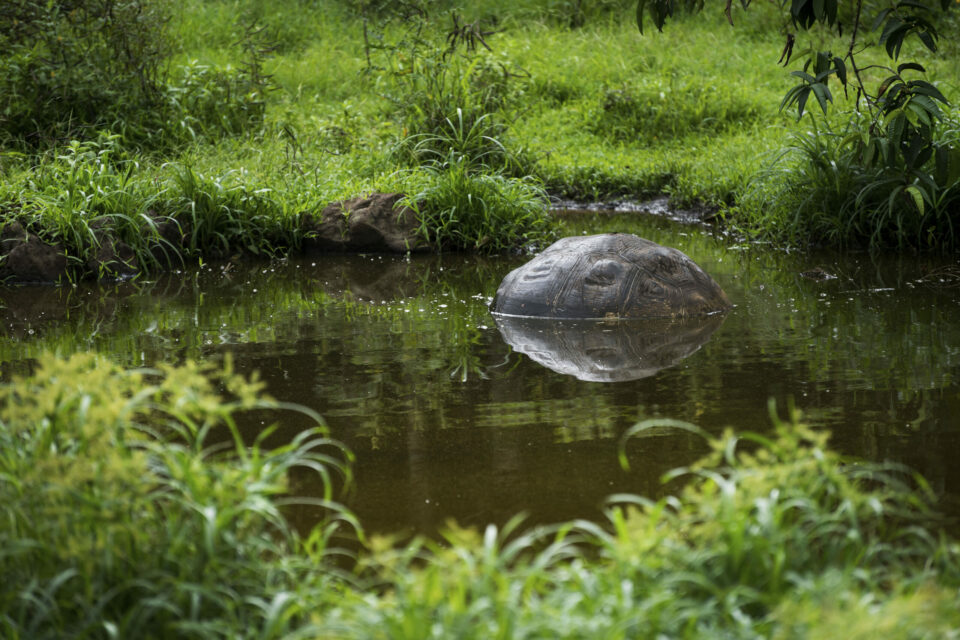
Double your donation to rewild Galapagos with the Big Give

The return of the Floreana giant tortoise
